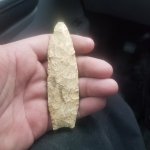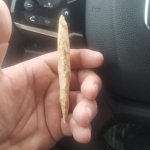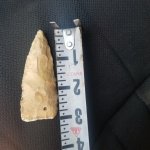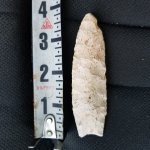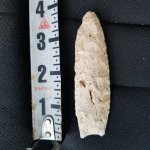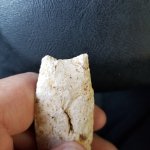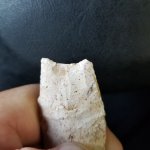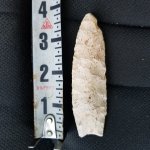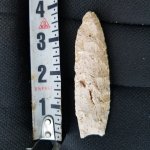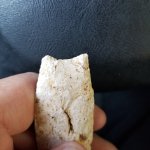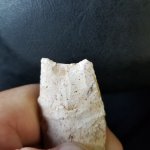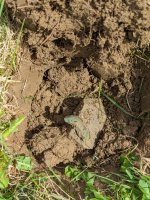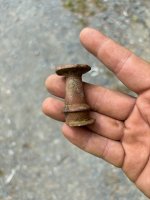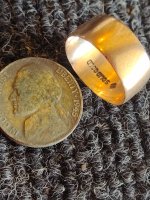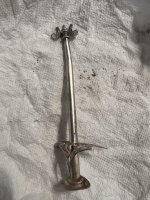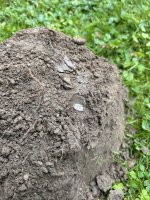sc arrow
Jr. Member
New to this hobby only 6 months in. Have found several interesting pieces. Apparently there was much activity in my area. These are my largest and smallest finds to date. I live in South Carolina not far from the Topper dig site, Allendale county. The spear point is 4 inches. I do not think it is Clovis but seems like it is getting back toward that era. The smallest I think is a "bird point?" Not sure. Each point is almost the same length tip to tip; Pretty cool for stone work. Any thoughts or ideas. Thanks.
Attachments
Upvote
9


